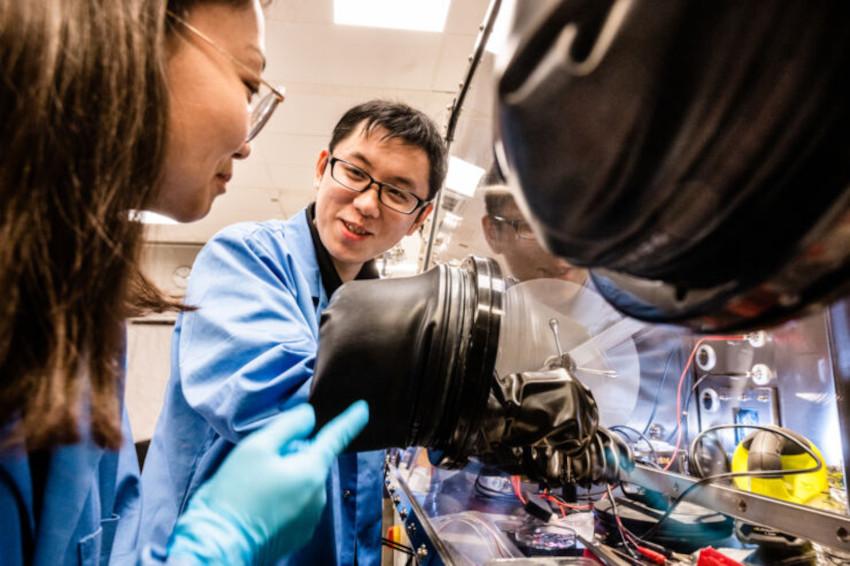How energy flows in organic solar cells
Reducing the energy loss using different donor-acceptor materials
Efficient and environmentally friendly solar cells are required for a transition to a fossil-free energy supply. Researchers at Linköping University have mapped how energy flows in organic solar cells, something that previously had been unknown. The results can contribute to more efficient solar cells. “To enable the full potential of organic solar cells to be exploited, there is a need for a clear picture of how they work. We have now obtained that picture. This provides a better understanding of how to create new efficient and sustainable solar cell materials,” says Mats Fahlman from the Laboratory of Organic Electronics at Linköping University.
Today, solar energy meets around two percent of the world's energy needs. But its potential is far in excess of that. The energy contained in the sun's rays is more than enough to meet our needs today and in the future. Solar cells that are cheap and environmentally friendly to manufacture are needed to be successful. In addition, they need to be efficient at absorbing a large proportion of the sun's rays and converting to electrical energy. Organic solar cells based on organic semiconductors are increasingly emerging as a sustainable option. But until just a few years ago they could not stand comparison with traditional silicon-based solar cells for efficiency. This was due to energy loss in charge separation, which was thought to be unavoidable.
But in 2016, a research team at Linköping University together with colleagues in Hong Kong were able to show that it was possible to avoid the energy loss using different donor-acceptor materials that help the electron to escape from its hole more easily. Energy loss then decreased and efficiency increased. The problem was that no one knew exactly how it happened. It was possible to see that it worked, but not why.
Some of the same research team at Linköping University have now solved the mystery that had led to disagreement in this field of research. The researchers have identified what energy levels are required to minimise energy losses. “To find out how the energy flows, we laid nanometer-thick organic semiconduction films in several layers one on top of the other, rather like a strawberry and cream cake. After that we measured the energy required to separate the electrons from their holes in each individual layer,” says PhD student Xian’e Li. The researchers were then able to map the mechanism behind the energy-efficient charge separation. This systematic mapping points a new way forward for the development of organic solar cells. (Source: Linköping U.)







